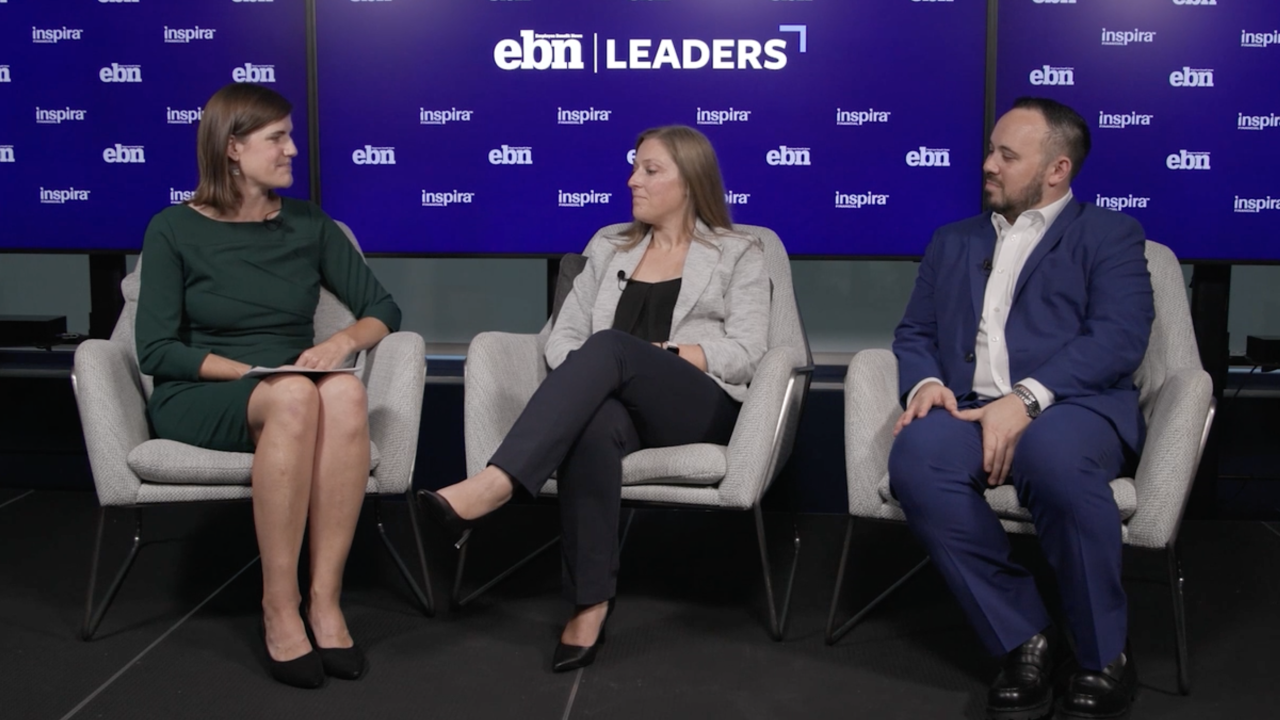September typically marks the beginning of an annual post-summer hiring spree. But as the workforce gears up, recruiters, HR leaders and even prospective applicants have to adjust their expectations this year.
The "September surge" describes the increase in job hunting and job vacancies posted between September 1st and October 31st. But this year, factors like changing workplace priorities around remote and hybrid work, paired with higher than average unfilled jobs mean employers will have to work harder than ever to pull in talent, and applicants have the benefit of more choice.
"We're in a really unique time where what employees are looking for in their employment experience is very different from what we've seen traditionally during a surge," says Christy Pruitt-Haynes, global head of talent and performance at the NeuroLeadership Institute. "And that definitely affects how organizations recruit and who they're recruiting during this time, too."
Read more: How to keep rejection from stunting your job search
Normally, the September surge happens as a reaction to a lull during the summer, when organizations wait to restart recruiting and hiring when staff is back from vacation. Organizations may also use this time to get ahead of seasonal hiring needs, Pruitt-Haynes says.
However, this year, the disparity between job seekers and available jobs is much more pronounced — the job vacancy rate has fallen to approximately 5.30%, according to the BLS, thought still higher than the average of 3.52%. Employers will need to make it clearer faster to applicants why they should choose to go with them over other companies also looking to hire, according to Jenny Podewils, co-CEO and co-founder of software company Leapsome. One way to do that is to be more diligent about keeping job posts up to date with as much information as they can possibly provide.
"I think there's going to be a change in the equation companies use," Podewils says. "It's going to be all about generating clarity. There's nothing worse than over-promising on a role and then under delivering during a surge. Employers need to be very clear on what the requirements and qualifications are and what the opportunities for development within the role are."
As for employees, their outlook has definitely changed in terms of what they want out of work. Three years of working from home or in remote settings have left them with different needs when it comes to flexibility and culture at a workplace. For those looking to get jobs out of the September surge, they should stay mindful of what they're looking for and tailor their job search — and company research — accordingly.
Read more: Pepsi's VP of HR Dannii Portsmouth prioritizes career growth for 12k employees
"Right now, you can do a great deal of research and be really targeted in your approach, in a way that we haven't always been able to do in the past," Pruitt-Haynes says. "Employees need to have a pretty clear picture and then look for companies that are going to meet those needs."
For employers, looking externally to hire might not be the most efficient way to fill openings, Podewils says. Internal hiring, promotions and role consolidation will be key to filling positions, while reining in recruiting budgets. Additionally, internal advancement can create more opportunities for entry level positions that don't need drastic compensation increases.
"Use this time to generate more opportunities for folks within the company to take on new responsibilities and maybe develop a new career path," she says. "Ask yourself: What are the capabilities we have internally and how can we distribute them?"






